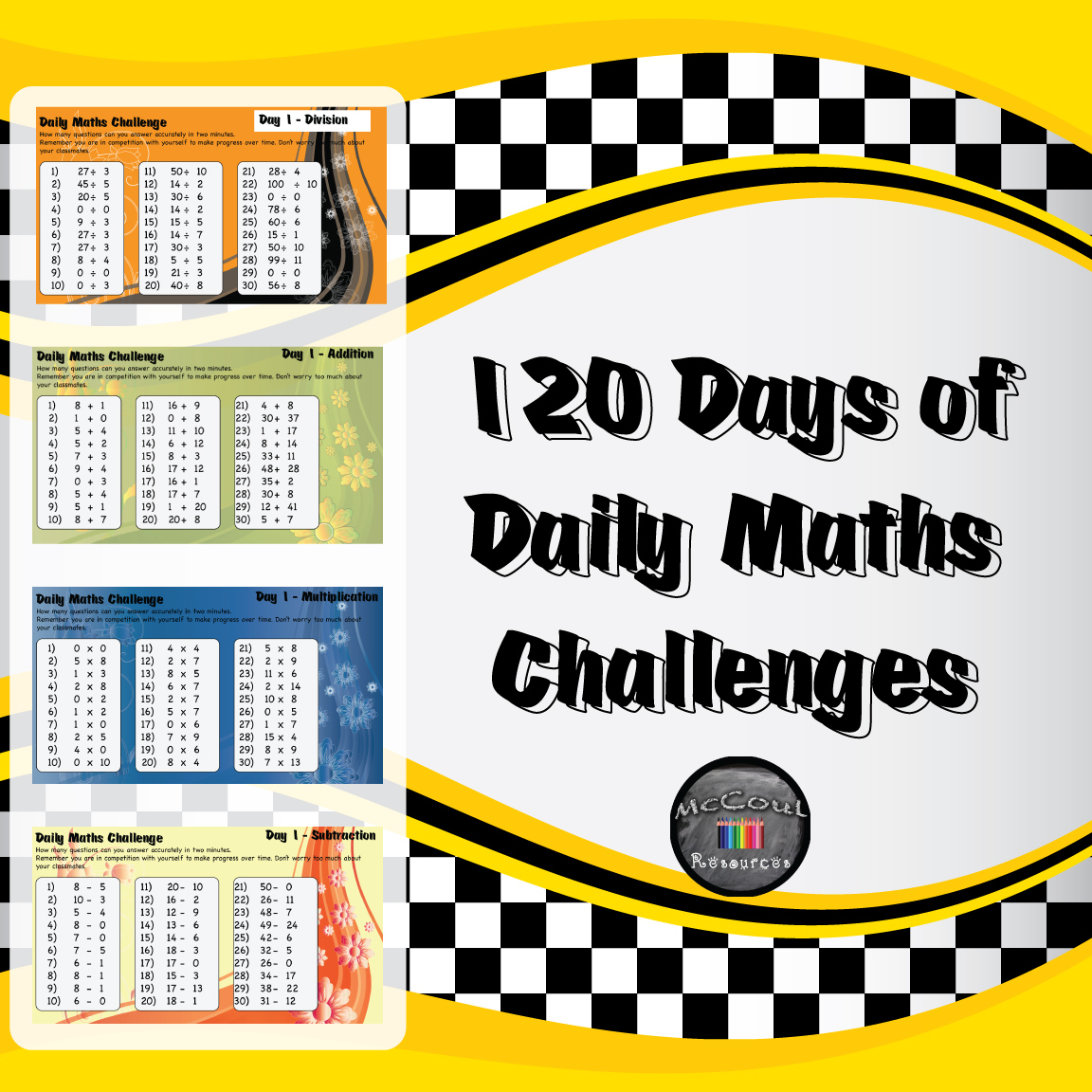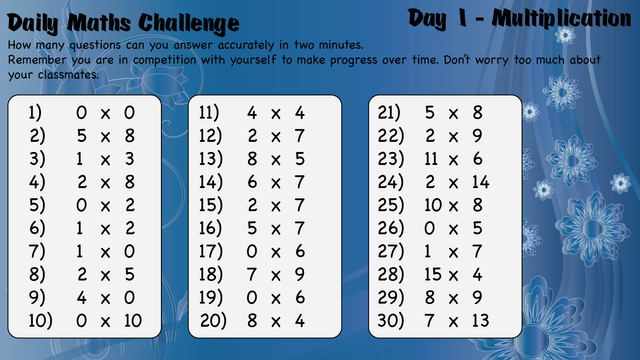Teachers are forever debating the value of rote learning, I myself have sat on different sides of the fence in my years of education. Through experience and experimentation within my classrooms over the years I have concluded that it is important to strike a happy medium.

Read on for the best ways to teach maths facts and to get access to resources for teaching these facts.
Multiplication Facts
Many of us remember sitting in cars with our parents practicing timetables. This may have been painful at the time, but they have stuck! We remember them. We can undertake simple calculations in our heads that are necessary for daily life.
It is the same for our future generations, they will and should be able to undertake simple calculations in their heads.
Here is an example of a resource I use with my students daily in the classroom. They enjoy doing it and the results are fantastic. By the end of the school year my students are exceptionally accurate with their multiplication facts. They are also proud of their progress that is tracked in a spreadsheet they have access to.

Staying on task
By learning the facts, like multiplication and division, children are more able to apply their thoughts to more complex problem solving tasks. They don't need to step out of the problem in order to solve a basic arithmetic as they know it! This is essential for supporting children with their problem solving skills.
Teach the Understanding
But don't forget to teach the understanding. This should come before, during and after children have learning the facts. They should understand why and how the facts are put together so they have a solid understanding. This helps with long term retention.
Free Resources
For a limited time you can access my daily multiplication challenge. Use this every day with your children or students. The daily tests get more challenging as they go on. Record the scores so the children can see their progress over time and remain motivated to continue to beat their scores!
Free Tracker for Recording the Results
Daily Multiplication Challenges